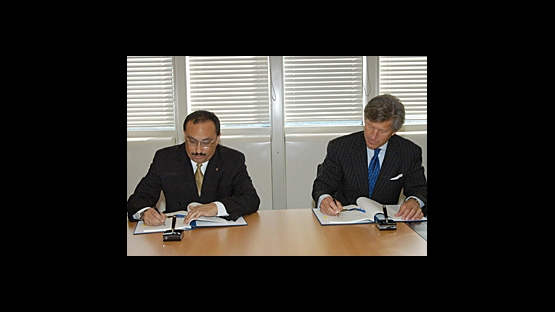This month, the Republic of Honduras became the 100th State to sign what is known as an Additional Protocol to a Safeguards agreement with the IAEA. Additional Protocols strengthen the Agency´s safeguards system by giving IAEA inspectors greater rights of access to information about a country´s nuclear program and to nuclear sites. They also grant inspectors added authority to use advanced technologies to track that nuclear materials are not being diverted, and that there are no clandestine, proscribed nuclear activities in a State.
The IAEA Director General, Mohamed ElBaradei, has referred to additional protocols as a sine qua non for effective verification and invited all States to conclude additional protocols. Similar calls have been made by the UN General Assembly, the NPT States parties and the IAEA General Conference. Additional Protocols grant the IAEA complementary inspection authority to that provided in underlying safeguards agreements, typically concluded pursuant to provisions of the global Nuclear Non-Proliferation Treaty. This authority facilitates the Agency´s task to verify that all nuclear material in the country has been declared to the Agency and remains in peaceful nuclear activities. Last year the Agency was able to draw this broader conclusion for 19 States, as outlined in the 2004 Safeguards Statement.
The Model for Additional Protocols was agreed in 1997. For the past few years the Agency and several Member States have been encouraging countries to conclude safeguards agreements and Additional Protocols, primarily through consultations, information seminars and training.


